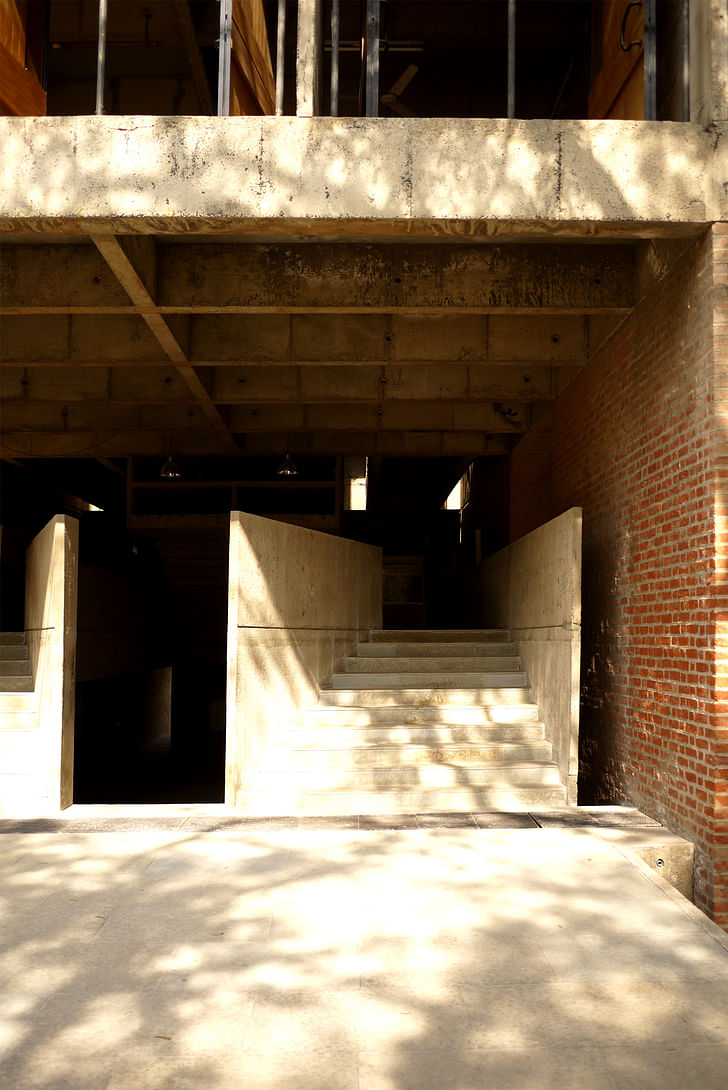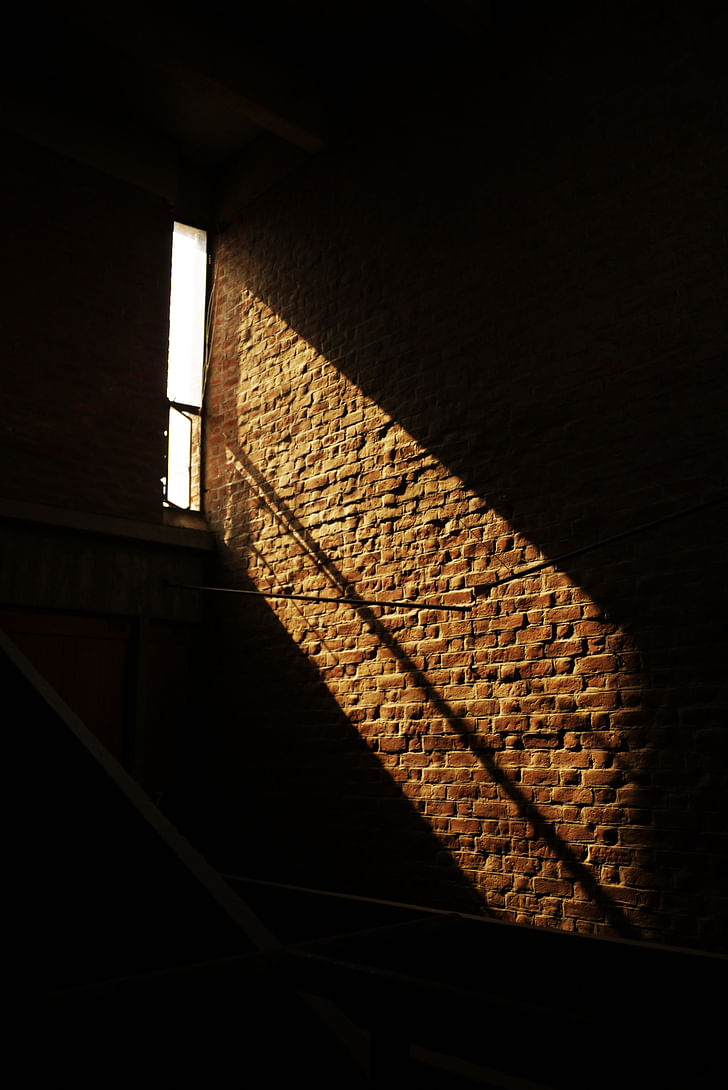

From the Ground Up is a series on Archinect focused on discovering the early stages & signs of history's most prolific architects. Starting from the beginning allows us to understand the long journey architecture takes in even the formative of hands and often, surprising shifts that occur in its journey. These early projects grant us a glimpse into the early, naive, ambitious and at points rough edges of soon to be architectural masters.
Before he became synonymous with the Pritzker Prize and before the accolades, Balkrishna Doshi was a pupil of Le Corbusier who had decided to come back and stay in his native India after finishing overseeing Chandigarh and open his office, Vastu-Shilpa. Since then, Doshi has become one of the leading voices of the region and the discipline.

...championing architecture that is true to modernist principles as well as local traditions.
With returning to India and with the desire to continue the teachings of his masters while attempting to inject his own cultural vernacular and psyche into the region Doshi found success in an extravagant and productive manner.
Through the work of his studio Vastu-Shilpa, he has established himself as a key figure in the development of low-cost housing and modern city planning in India, championing architecture that is true to modernist principles as well as local traditions.
One of the first implementations of his skills was the Ahmedabad School of Architecture, the design school that Doshi both founded and planned. With its simple brick and concrete buildings, shaded courtyards and staircases, and open layout, the project shows the influence of both Le Corbusier and Louis Kahn, who had worked with Doshi on a project just before, but it is also reminiscent of the traditional Indian townscape. It seems a little quaint in the imagery, but the physical effect of splashing light on raw material is magical.

It seems a little quaint in the imagery, but the physical effect of splashing light on raw material is magical.
The school was completed in 1966, but continued to evolve and grow in the following decades, and was eventually renamed Cept University in 2002. Students were actively involved in designing new additions to the campus, but the focus remained the same – to create spaces that promote collaborative learning.
The project while under Doshi's direction has clear connections to his lineage, his interest and laid the groundwork for the future of his projects to come. The use local materials, local sensibilities while simultaneously finding creative and delicate modes of blending and blurring his pedagogical teachings gave Doshi a voice that has echoed beyond India.
Anthony Morey is a Los Angeles based designer, curator, educator, and lecturer of experimental methods of art, design and architectural biases. Morey concentrates in the formulation and fostering of new modes of disciplinary engagement, public dissemination, and cultural cultivation. Morey is the ...
No Comments
Block this user
Are you sure you want to block this user and hide all related comments throughout the site?
Archinect
This is your first comment on Archinect. Your comment will be visible once approved.